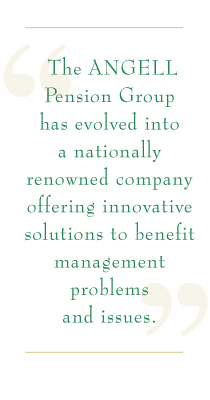Comprehensive RFP Guidance
The DOL regulations under Section 408(b)(2) focus on fees and whether they are ultimately reasonable. But how is the Plan Sponsor able to demonstrate this "standard of reasonableness"? Our advisor partners understand that although benchmarking may suffice in the interim years, a Request for Proposal (RFP) or Request for Information (RFI) is truly the only comprehensive way to evaluate, demonstrate and document this standard. The logical question of how often this process should occur is really a subjective DOL standard. One may certainly surmise that it may be prudent to undergo this process every 3 to 5 years, as a fiduciary standard of care. This of course depends upon many factors such as: the relevance of the Plan's economics and demographics changing, competitiveness of service providers and fee compression. This proposal process is further defined as a subset to perform a RFP versus a RFI. Both of these processes will illustrate quantitative and qualitative factors. The major difference is by performing the more comprehensive RFP, the Plan Sponsor may have legitimate interest in leaving their current service provider. This would normally involve an extensive interview process of alternative service providers under a RFP process.
APG's support and assistance to our advisor partners throughout these processes starts with our granular knowledge of service providers and recordkeepers. As this proposal process proceeds, we are able to provide concise templates that create the RFP or RFI itself. This deep dive of critical information aids our advisor partners in identifying the most suitable candidates for consideration to the Plan Sponsor. The analysis and dissemination of this quantitative and qualitative information is logically formatted in a grid outlining both critical metrics and data. This easily understandable format not only documents the decision process but adds real value from the fiduciary's perspective.




